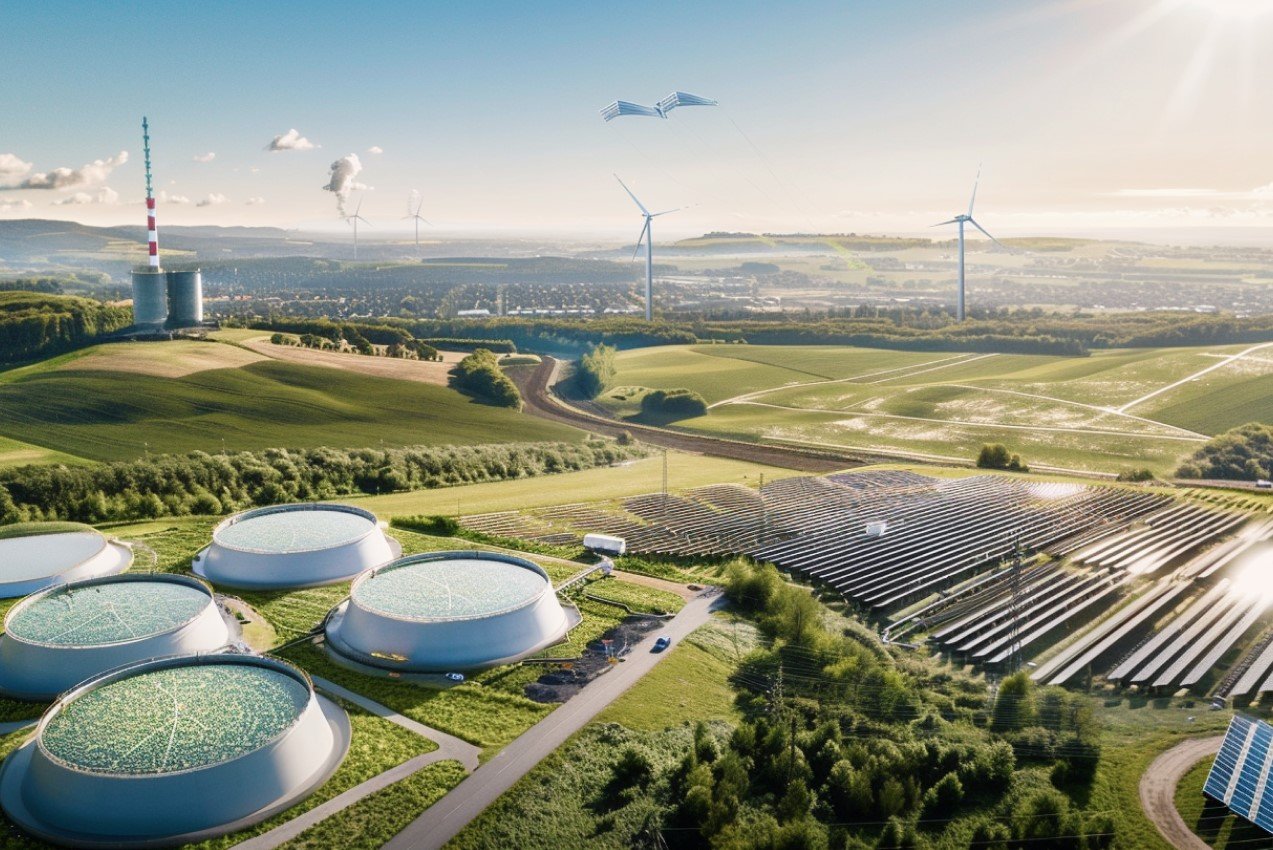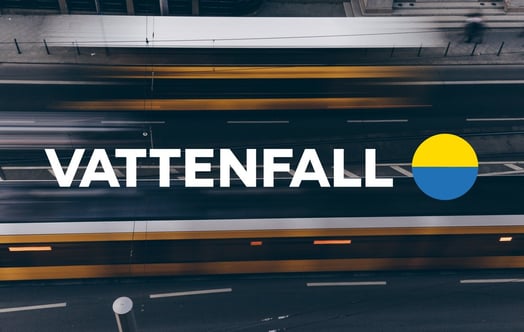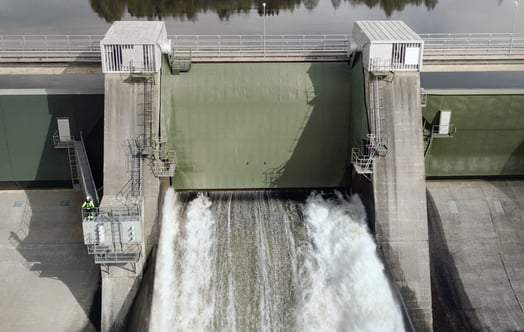Innovations are catalysts for change, pushing societies to redefine what’s possible. With global demand for fossil-free electricity forecast to double in the coming decades, we take a closer look at four projects that could become viable options for the energy sector soon.

For thousands of years, mankind has tried to harness the energy of the four elements: earth, wind, sun, and water. Wind to drive boats and mills, water to turn wheels, the Sun to generate heat and light fire and from the Earth itself pressure and hot springs.
This quest has never stopped; rather, it has intensified as global demand for fossil-free energy increases. The challenge lies in managing all that raw energy.
Space solar reflectors
In one second, the Sun emits the same amount of energy as humanity consumes in 20,000 years. The fraction of energy that reaches Earth every hour is sufficient to meet our global electricity needs for an entire year.
An innovation that could efficiently capture and utilise more of this energy would represent a huge leap in fossil freedom.
On 4 February 1993, a five-kilometre-wide bright spot raced from France to Russia at a speed of 8 km/s. Some 350 kilometres above Earth’s surface, the cause was in orbit: a 20-metre-wide reflector screen that the Russian Federal Space Agency had deployed next to their space station, Mir.
While the Russians had other objectives, and the project was abandoned a few years later, now space engineers from the University of Glasgow have published new research about a method that they believe could be a viable option to increase the output of photovoltaics on Earth.
With modern technology, the reflector screens would be cheaper, more efficient, easier to deploy and could be automatically aimed at large solar farms, adding an extra 20 minutes or so of production every day. When they are no longer able to direct energy towards solar farms, they could be steered in a neutral direction to avoid disturbance.
Dr Onur Çelik, the corresponding author of the paper, says: “Solar power has the potential to be one of the key accelerators in our race to reach net-zero, helping us to mitigate the global impacts of climate change by reducing our reliance on fossil fuels.
Algae biofuels
Algae biofuels first caught the attention of major oil corporations about 20 years ago, and hundreds of millions of dollars have since gone into research. By cultivating microalgae in controlled environments, these microorganisms photosynthesize sunlight and carbon dioxide into oil-rich biomass. Once mature, the algae are harvested, the oil is extracted and processed into biofuels.
Algae can be grown on marginal land and promises high output, while it’s relatively easy to refine. However, early efforts to scale up algae biofuel production has encountered hurdles, particularly in achieving scalability and better efficiency under environmental constraints. Work is now being focused on modifying algae strains to improve productivity and resilience. The goal is to develop a product that has nine times the output compared to palm biodiesel, for example.
The algea biofuel company Virido claims for example that they already achieved seven times the oil productivity compared to wild algae and participates in the decarbonization challenge of the heavy transportation sector as aviation, shipping, and long-distance trucking.
The challenge with innovations
Karl Bergman, long-time Head of R&D at Vattenfall, has seen technologies develop over decades. And there’s a clear distinction between an interesting idea and a great invention, he says. The two main drivers that push innovators to make products cheaper, cleaner, and more efficient are climate and competition. Only solutions that meet both these demands can last long-term.
“When there is already a solution on the market, new alternatives need to be significantly better for us to want to change,” he says.
“It’s not only about the technology but probably even more about the people, their habits, knowledge, and the infrastructure surrounding the technology.”
Sand batteries
In the town of Kankaanpää in western Finland, 100 tonnes of sand is tightly packed into a solid steel tank in two layers separated by heat insulation. On sunny or windy days, excess energy from adjacent solar and wind farms heats the sand to about 600 degrees Celsius. As opposed to water, which has a significantly lower boiling point, sand and other solid materials store much larger amounts of energy per unit.
This innovation has already proven to be significantly better than the alternative—burning fossil fuels for heating—and is cutting emissions from some district heating networks by nearly 70 per cent.
“This is a significant step in scaling up the sand battery technology”, says Liisa Naskali, COO at Polar Night Energy, the company behind the innovation, in an interview with euronews.green.
High altitude wind power
At about 300 metres altitude, wind currents are significantly higher compared to the 100 or so metres that many conventional windmills reach. Harnessing this power could generate double the electricity – and eight times more than smaller windmills at 35 metres. But the solution isn’t to build 300-metre monopiles. Instead, different technologies such as kites, drones, or helium-lifted turbines are being tested to reach this untapped power source. Turbines are tethered to the ground with wires that also transmit electricity to the power grid.
This solution would also have other benefits, such as being mobile and requiring little ground infrastructure, making them especially attractive for remote and hard-to-reach areas.
“Airborne wind energy is an innovative renewable energy technology which, on small scale, is perfectly suited for remote off-grid electricity generation and, on a larger scale, will have the potential to disrupt the global energy economy”, as the company Kitepower´s co-founder Roland Schmehl describes it on the company´s website.
What’s next?
It’s too early to tell if our cars will run on algae biofuels, or kites fluttering 300 metres above the ground will power our homes. What is certain is that we will need a mix of energy sources, says Bergman.
“There is no silver bullet—we need multiple energy sources to meet the demand for renewable energy. During my 20 years as Head of R&D, I have seen wind and solar power become the cheapest technologies for producing electrical power. I’ve also seen how the discussion has moved from being mainly about hardware to being about information and data. Now, with the evolution of AI, there are so many fantastic opportunities that we’ve only just begun to see.”

Subscribe to the newsletter THE EDIT
THE EDIT is Vattenfall's new monthly newsletter. Each issue highlights a new burning issue from the world of sustainable energy and fossil freedom.



